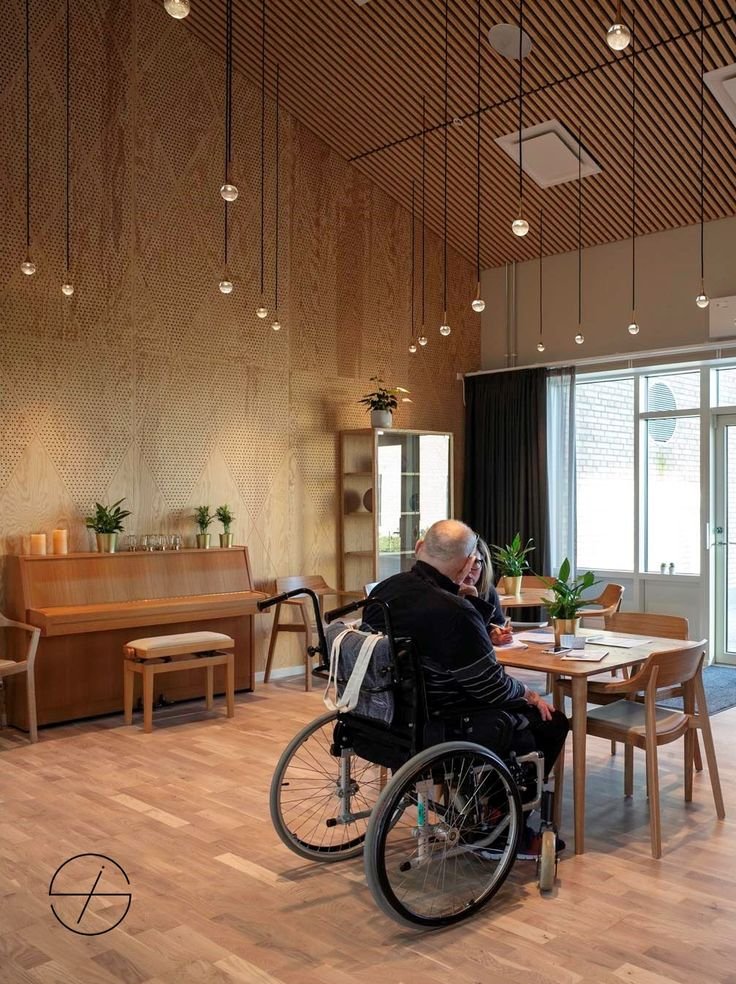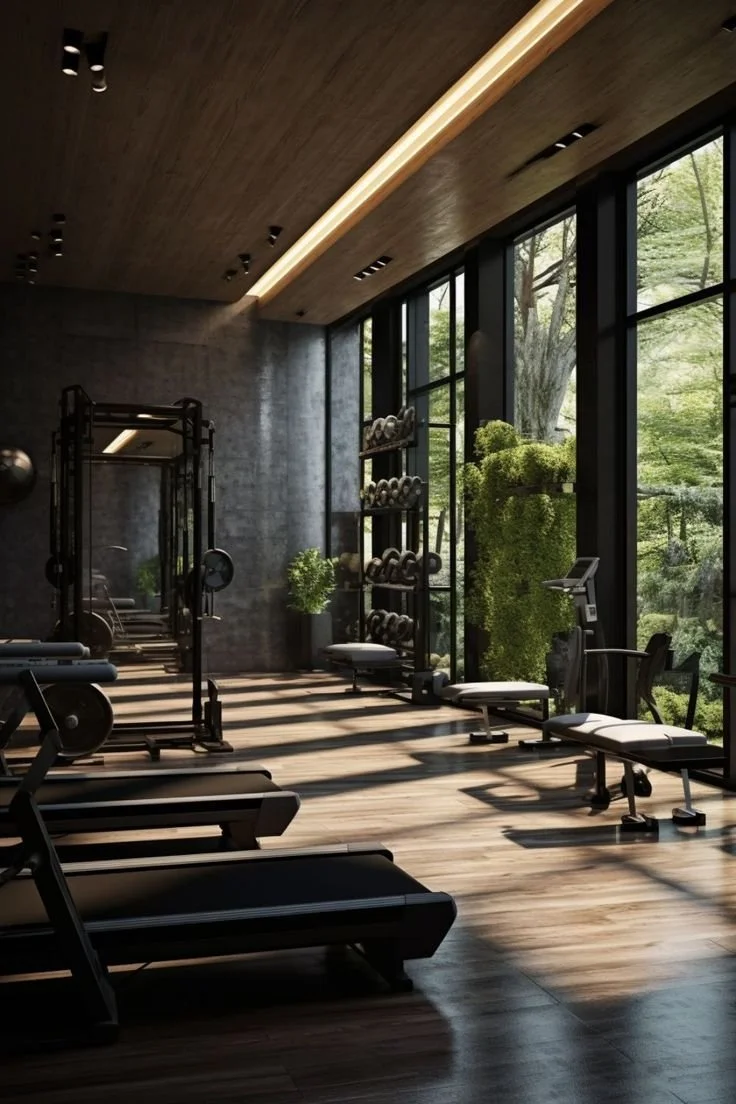Booking a vacation rental can feel overwhelming. With so many options available, how do you ensure you’re making the right choice? Whether you’re planning a relaxing weekend escape or a family getaway, the key to a memorable trip often lies in selecting the perfect place to stay. In this article, we share a step-by-step guide to help you navigate the vacation rental booking process with ease.
No. 1
Location Is Everything
Let’s start with the most important question: where do you want to stay? The location of your rental can make or break your trip.
Factors to Consider
Type of Setting: Are you dreaming of a quiet retreat in the mountains, a beachfront escape, or a rental steps away from bustling city life?
Proximity to Attractions: Do you want to be close to restaurants, nature trails, or tourist hotspots? For example, if you’re planning to explore the great outdoors, Tucson vacation rentals offer a perfect mix of convenience and stunning landscapes.
Practical Needs: If you’re traveling with kids, being near grocery stores or family-friendly attractions can be a lifesaver. On the other hand, if you’re seeking total seclusion, a remote location might be ideal.
Take a moment to visualize your ideal day on vacation—this can guide your decision and ensure the location aligns with your plans.
No. 2
Set Your Budget
How much are you willing to spend? Establishing a budget early on will save you time and help narrow down your options.
Budgeting Tips
Look Beyond the Nightly Rate: Factor in additional costs like cleaning fees, taxes, and security deposits.
Use Filters: When searching online, apply price range filters to avoid falling in love with rentals outside your budget.
Balance Cost and Value: A slightly higher price might be worth it for better amenities or a prime location.
By setting clear financial boundaries, you can focus on finding a rental that offers the best value for your money.
No. 3
Amenities: What Do You Need?
This is where the fun begins. Vacation rentals come with a wide range of amenities, so think about what’s essential for your trip.
Amenities Checklist
Wi-Fi: Is staying connected important for work or streaming?
Pet-Friendly: Bringing your furry friend? Check the rental’s pet policy.
Parking: Ensure there’s adequate space for your vehicle(s).
Outdoor Space: Balconies, patios, or pools can elevate your stay.
Laundry Facilities: A must for longer trips or family vacations.
Consider your must-haves versus nice-to-haves. While a rental with every feature might sound appealing, you don’t want to pay extra for amenities you won’t use.
VRBO
The ultimate booking app for travelers seeking unique and comfortable stays. Whether you're planning a family retreat, a romantic getaway, or an adventure with friends, Vrbo connects you to an extensive selection of properties worldwide.
No. 4
Reviews Speak Volumes
Do you read reviews before buying anything online? The same principle applies to vacation rentals. Guest reviews are invaluable for understanding the property, host, and overall experience.
What to Look For in Reviews
Common Themes: Consistent praise for cleanliness or host responsiveness is a good sign.
Red Flags: Repeated complaints about noise, broken amenities, or misleading photos should give you pause.
Balance: A few bad reviews aren’t necessarily dealbreakers, but patterns are worth noting.
Reviews provide an honest glimpse into what you can expect, helping you make an informed decision.
No. 5
Size and Layout
How many people are joining you on this trip? The size and layout of the rental can significantly impact comfort levels.
Key Considerations
Group Size: A cozy one-bedroom rental might be perfect for a couple, but a family or group will need multiple bedrooms and bathrooms.
Layout: Open-plan living areas are great for socializing, while separate spaces offer more privacy—especially for families with kids or extended groups.
Choosing a rental that fits your group’s needs ensures everyone has a comfortable and enjoyable stay.
No. 6
Policies and Rules
Before booking, familiarize yourself with the property’s policies to avoid surprises.
Important Policies to Check
Cancellation Rules: Understand the refund policy in case your plans change.
Check-In/Check-Out Times: Ensure the timing works with your travel schedule.
House Rules: Some rentals have strict policies regarding parties, pets, or additional guests.
Check-In Process: Determine whether the property uses keyless entry or requires meeting the host in person.
Clear communication with the host about policies can save you from potential headaches later.
No. 7
Safety First
Safety might not be the first thing on your mind when booking a vacation rental, but it’s crucial—especially if you’re traveling with kids or staying in a remote area.
Safety Tips
Neighborhood Check: Use tools like Google Street View to get a feel for the area.
Safety Features: Look for smoke detectors, fire extinguishers, and first aid kits in the property description.
Reviews: Pay attention to mentions of safety in guest reviews.
Prioritizing safety ensures peace of mind throughout your stay.
No. 8
Photos Are Key
We’ve all heard the phrase, “A picture is worth a thousand words.” When it comes to vacation rentals, photos are everything.
What to Look For
Cleanliness and Maintenance: Does the rental appear well-kept and accurately represented?
Details: Pay attention to lighting, furniture, and outdoor spaces.
Red Flags: If the photos seem overly edited or there’s a lack of images, proceed with caution.
A legitimate host will provide plenty of clear, detailed photos to showcase their property.
No. 9
Communication with the Host
A responsive, helpful host can make all the difference in your experience.
Why Communication Matters
Ask Questions: Don’t hesitate to inquire about the property or local area.
Gauge Responsiveness: Quick and polite replies are a good indicator of how the host will handle any issues during your stay.
Good communication sets the tone for a smooth and enjoyable trip.
Takeaways: Ready to Book?
Taking the time to consider these factors can make your vacation stress-free and enjoyable. Whether you’re seeking an action-packed adventure or a relaxing escape, choosing the right rental ensures you start your trip on the right foot.
So, what’s on your wish list for the perfect stay? Whether it’s a cozy fireplace, an outdoor pool, or proximity to local hotspots, there’s a vacation rental out there waiting to tick every box. Happy travels!
Looking for Travel resources?
Looking to embark on a transformative journey to discover new cultures, expand your horizons, and reconnect with yourself? Explore, learn, and awaken your wanderlust with our travel partners designed to support you on your next getaway.




















































































































































































